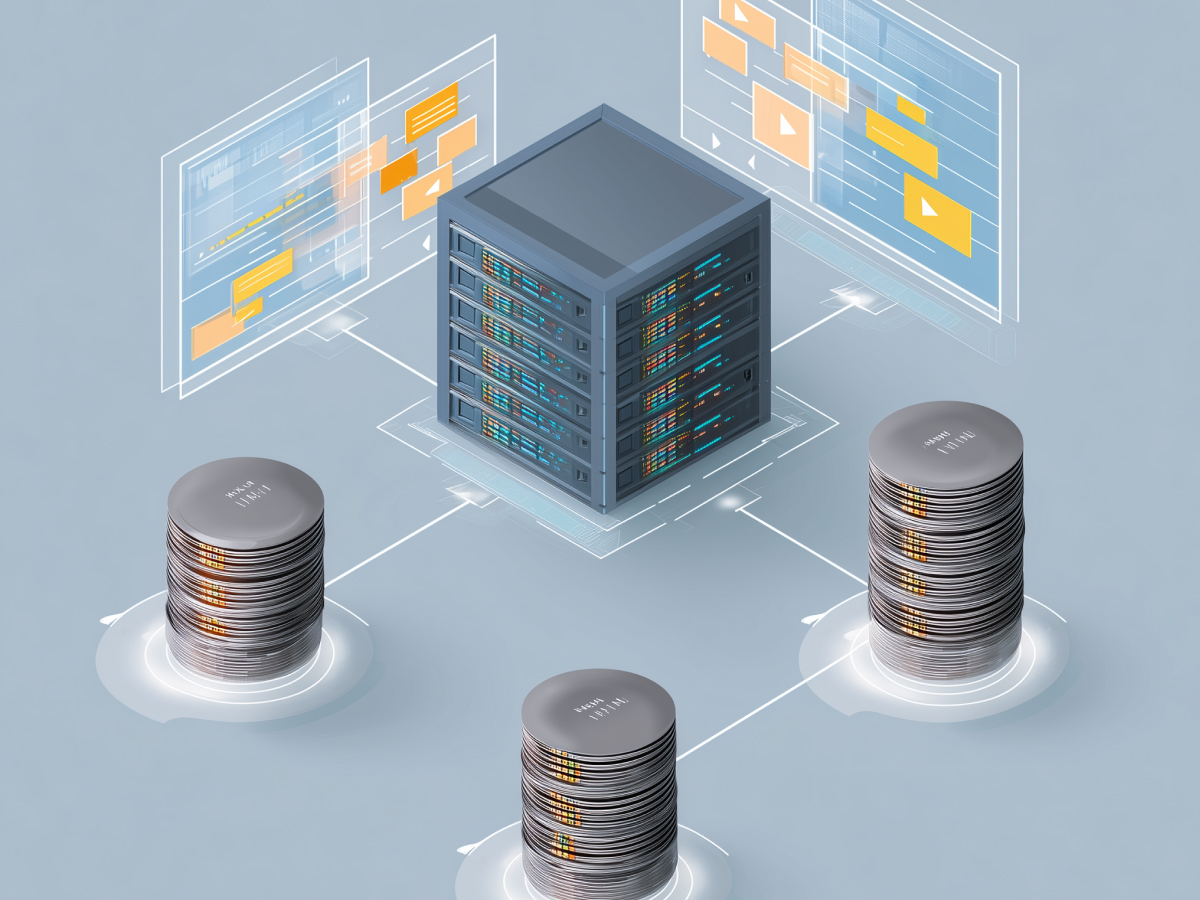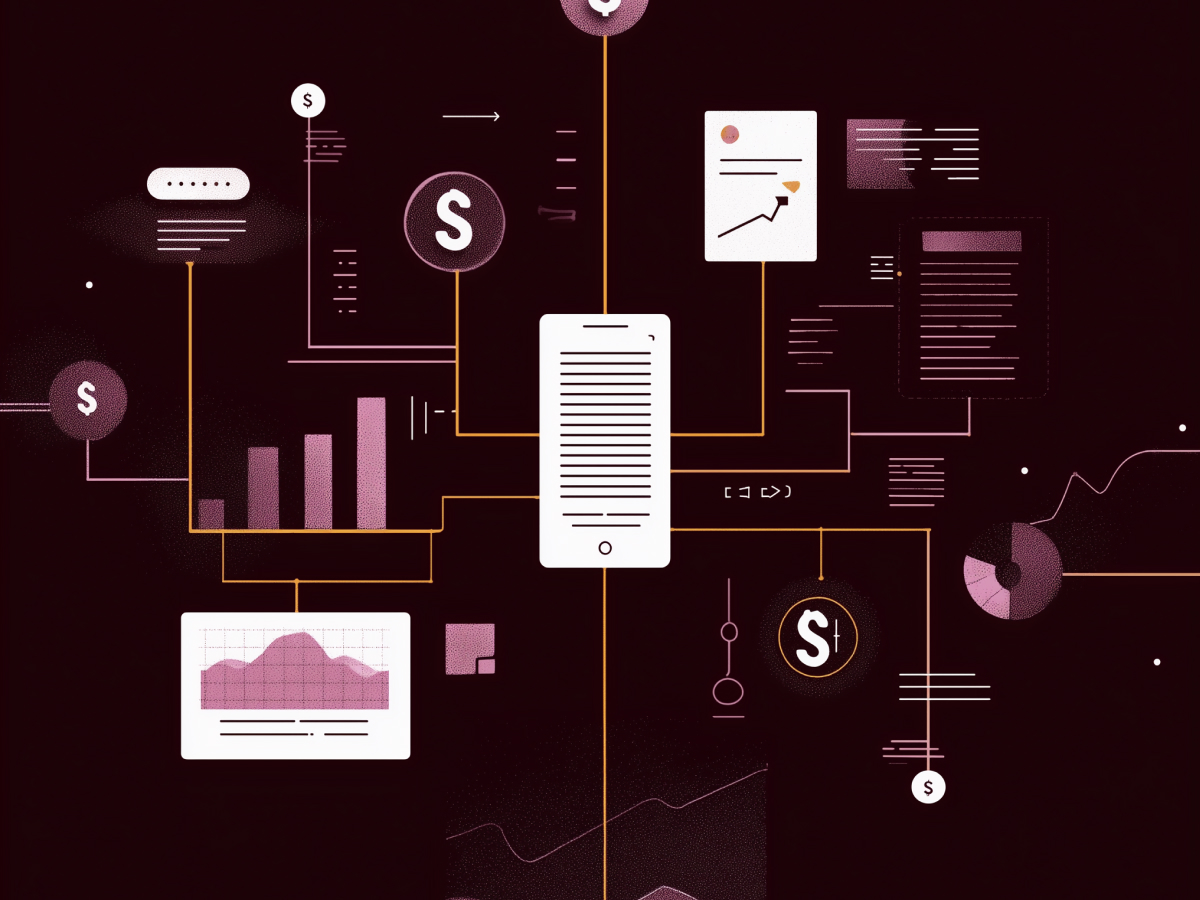Continuous 24/7 cybersecurity monitoring is key
If your company operates online, and it does, you’re exposed all the time. Threat actors know this. And they act on it, especially when most of your team is offline. Nights. Holidays. Weekends. That’s when systems are low on alertness, and response time slows down. This is the window hackers wait for.
Take what happened to Marks & Spencer. A cyber incident hit them during Easter weekend. Their online store, responsible for roughly a third of clothing and home sales, was taken offline. That’s not a theoretical risk. That’s hard revenue loss, brand trust erosion, and operational disruption. All because the right systems weren’t watching when threat actors were acting.
A 24/7 Security Operations Center (SOC) fixes that. It keeps you covered even during your most vulnerable hours. Whether that SOC is fully in-house or hybrid doesn’t really matter, what matters is it’s awake when your people are resting. And alert when nobody’s watching. The cost of not doing this is much higher than the cost of setting it up.
A 24/7 SOC provides real-time threat detection and response
Attacks today don’t wait. Once threat actors get in, they start moving quickly, from one system to the next, escalating impact. Every minute that passes is an opportunity for them and a liability for you. Waiting hours to react is too late.
A 24/7 SOC handles this. It sees, interprets, and reacts in real-time. For it to be effective, it needs to combine experienced human analysts with AI-driven automation. Because neither alone is fast or accurate enough to handle modern threats. The human team delivers context. The AI does the heavy lifting, like sorting through thousands of alerts, identifying real issues, and pushing those to the top.
When designed right, automation in your SOC doesn’t just reduce manual noise, it shortens time to detect, and even more importantly, time to respond. You need both. Quick detection limits how far the threat spreads. Rapid response contains the damage.
For C-suite leaders, think of this as operational risk management. Delay adds cost. Inaction creates exposure. Investing in a real-time-ready SOC isn’t about ticking a box, it’s about being ready to win or lose the next battle in seconds, not hours.
Cybersecurity is relentless. The defense has to match that pace.
Building a tailored SOC foundation aligned with business goals
If you’re going to build a 24/7 SOC, don’t start with the tools or the headcount. Start with the mission. It needs to match your company’s actual risk profile, compliance landscape, and operating needs. That alignment determines how you structure your team, apply automation, and scale over time.
For example, a healthcare provider must prioritize patient data and meet HIPAA standards. A payment-driven retail business has to think about PCI DSS and transaction integrity. The SOC you build for each looks very different. Same goes for a multinational versus a mid-market SaaS firm. Scope changes the entire architecture.
Then there’s the model. In-house is one way, but many firms run a hybrid setup. That often makes more sense from a resource and velocity standpoint, especially when paired with AI. Automation performs well across hybrid setups, increasing coverage without linear costs. Done right, AI in your SOC handles baseline triage, spots repeatable patterns, and routes signals to the appropriate layer.
This is strategic planning, not tech deployment. Define your boundaries, clarify your goals, and fund it accordingly. Once you have a strong foundation, everything, from hiring to tooling, becomes easier and more targeted.
Assembling and training the right team is invaluable
Software doesn’t stop threats. People do. A 24/7 SOC needs the right team behind it, not just warm bodies at a console. Hire people who understand threat behaviors. Mix junior analysts with experienced responders. And structure them clearly, so alert triage, incident investigation, and threat hunting are all covered without confusion.
Tiered structures work. In a standard model, Tier 1 analysts manage initial detection, Tier 2 investigates and acts, and Tier 3 leads advanced strategy, including AI system tuning and deep threat detection. If budget’s tight, a two-tier setup can still be effective. But don’t compromise on skill diversity.
Internal hiring matters more than people think. When you promote and train from within, you build consistency and reduce ramp-up time. Make serious investment in upskilling, especially around AI-driven tools, which are increasingly central to handling alert volume and automation logic. A well-trained analyst can extract more value from your technology stack than a more expensive tool with underutilized features.
Certifications like GCIA or OSCP help, but day-to-day performance still relies on practical experience. Leaders should advocate for continuous team development, not one-off training events.
A strong SOC team doesn’t just operate tools. They evolve with threats and push the organization forward. That only happens when you build correctly and train constantly.
Sustainable shift rotations and wellness initiatives prevent burnout
A 24/7 SOC only works if the team stays healthy and effective. That means burnout isn’t just a people issue, it’s a performance issue. To prevent it, shift design needs to be intentional. Use 8- or 12-hour shifts. Set up 4-on/4-off rotations. Distribute work across time zones if you’re operating globally. More importantly, overstaff slightly. That cushion helps absorb workload spikes and unplanned absences without overloading your core team.
Fatigue reduces alertness and increases costly mistakes. So does monotony. Cycle team roles regularly, move analysts across roles like triage, investigation, and threat hunting. It keeps skills sharp and engagement intact. Structure handovers with actual overlap so context doesn’t get lost. That saves time, prevents blind spots, and builds team cohesion.
Use automation where it matters, especially on tedious tasks, like phishing triage or baseline alert reviews. It lightens cognitive load and lets your analysts focus on high-value threats. If they’re spending half their shift cleaning false positives, you’re wasting top-tier talent.
Go further, invest in wellness. Give your SOC team real breaks. Not just break times on paper, actual mental downtime. Don’t let the culture slide into performative overwork. Create anonymous channels for feedback and regularly review them. Promote work-life balance and give recognition where it’s earned. When analysts feel seen, they stay longer, and they contribute more.
This isn’t about generosity. It’s operational durability. Protect the team and the team protects the organization.
Choosing the right tools enhances SOC efficiency
Tools matter. But selecting the wrong ones, too complex, too rigid, or too expensive, will stall operations instead of improving them. A growing number of legacy tools have become harder to scale, especially in multi-cloud environments. For instance, SIEM platforms like Splunk are known for escalating log management costs, and Elastic’s Alerting framework produces more false positives than most teams can handle without manual validation.
Most AI-driven security tools promise speed and accuracy. But many fall short due to underdeveloped models or need excessive configuration. Traditional SOAR platforms are still largely rule-based, requiring continuous tuning and offering little adaptiveness against novel threats. Many static playbooks can’t evolve fast enough to match attacker behavior.
That’s where newer platforms like Radiant stand out. It’s an adaptive AI SOC system that identifies and escalates only confirmed threats with over 95% accuracy. It integrates into your environment for one-click or fully automated remediation, depending on your policy and comfort level. It also doesn’t require ongoing audits or retraining to stay current with new malware strains. There’s no performance drag.
This kind of tooling reduces alert fatigue, minimizes false positives, and ramps faster with less overhead. The result is fewer distractions, faster responses, and more trust across your team.
If you’re leading security, or responsible for protecting a business line, prioritize tools that reduce cognitive burden, scale cleanly, and integrate with what you already use. Complexity slows you down. The right tools move you forward.
Cultivating a culture of continuous learning strengthens team resilience
The cybersecurity landscape shifts constantly. New threats emerge, tools evolve, and attacker behaviors adapt faster than legacy workflows can keep up. If your SOC isn’t learning continuously, it’s not improving. Over time, that gap becomes a liability.
Leaders need to make learning part of the operational model, not a side objective. After every security event, success or failure, run a post-mortem. Focus on extracting insight, not assigning blame. Store those lessons in a central knowledge base that the entire team can access and contribute to. That keeps institutional memory alive and actionable.
Support team certifications and development paths. Prioritize practical ones like the GIAC Intrusion Analyst certification (GCIA) and Offensive Security Certified Professional (OSCP). These bring real value back into your SOC processes. Training doesn’t need to pause operations. If you plan for it, you strengthen capability while improving retention.
Also, make the team interact, across roles, experience levels, and functions. Run red-team vs. blue-team simulations to reveal process gaps. Conduct threat briefings that include your Legal, IT, and Comms teams. Hold tabletop exercises for senior leadership. These touchpoints reduce friction, build coordination, and accelerate movement when actual threats happen.
A continuously learning SOC doesn’t just react well. It sees patterns faster. It adapts quicker. And it stops more threats before they escalate. That’s the real ROI.
Governance, metrics, and reporting sustain SOC performance and morale
If you can’t measure your SOC’s performance, you can’t scale it, or fix it. You need clear metrics, and you need them tracked in real time. Focus on what matters: Mean Time to Detect (MTTD), Mean Time to Respond (MTTR), false positive rates, analyst workload per shift, and AI accuracy. These metrics tell you how well your team and your tools are performing.
Leaders often look at incident counts alone, but that’s not a performance metric. It’s a volume snapshot. What matters more is the response speed, alert quality, and how fairly the work is spread across shifts. Spikes in false positives lead to productivity drag. Uneven shift loads lead to burnout. You need to catch these signals early.
Use real-time dashboards and monthly reviews. Visualize trends. Highlight friction points. Let Tier 3 analysts and SOC managers deep-dive into the data to optimize configurations and workflows. You’ll see operational gains, reduced fatigue, and better alignment with compliance and business risk.
When you include employee wellness tracking in these metrics, you also unlock long-term execution stability. A burned-out SOC is a risk multiplier. A balanced, informed, and optimized team is an asset with compounding returns.
Leaders who invest in visibility, across people and systems, run security operations that don’t just survive, they perform at scale.
Integrating skilled personnel, adaptive AI, and streamlined processes creates a robust 24/7 SOC
This isn’t about implementing another toolset. It’s about building a structure that adapts in real time, runs continuously, and holds under pressure. A successful 24/7 Security Operations Center (SOC) doesn’t rely on just people, or just automation. It relies on how well both are integrated with the processes they operate within.
Skilled analysts are the backbone. They recognize outliers, handle complex investigations, and make judgment calls that AI can’t. But without adaptive tools, they drown in low-value alerts and manual workflows. And without strong operational processes, alert routing, escalation paths, decision matrices, neither people nor tools can deliver full coverage.
AI plays a critical role when deployed correctly. Tools like Radiant’s adaptive AI SOC platform show what this looks like when it works. The system triages alerts, filters out noise, escalates high-confidence threats, and can respond immediately, either as a recommendation to analysts or in fully automated cycles, depending on configured trust levels. It delivers over 95% accuracy and doesn’t need constant retraining or tuning to keep up with new malware strains. That kind of stability removes common operational friction.
The combination gives you reach and responsiveness. It fills the coverage gap growing organizations often face while scaling their security operations. And more importantly, it allows analysts to focus on threat response, process tuning, and strategic initiatives, instead of chasing false alarms or troubleshooting static playbooks.
This model isn’t theoretical. It’s already being deployed across modern SOC teams that want speed, clarity, and real coverage. The performance gains aren’t subtle, they show up in incident timelines, analyst attrition rates, and business resilience.
When you line up people, automation, and processes around the same execution goals, the SOC stops being a cost center and becomes a force multiplier. And that’s where the real competitive advantage starts.
Final thoughts
The cost of inaction in cybersecurity is rising, faster threats, smarter attackers, and tighter regulatory pressure. A patchwork of tools and part-time coverage doesn’t hold up anymore. What works is a well-defined, always-on security operation that combines human expertise, adaptive AI, and streamlined execution.
This isn’t about building a perfect SOC on day one. It’s about building the right foundation, investing in the right people, deploying the tools that actually move performance forward, and measuring what matters. If your team can detect fast, respond faster, and adapt in real time, you stay ahead. And staying ahead is the only position that protects your business, your brand, and your future.
Leaders who build for scale, automation, and resiliency now are the ones who won’t be reacting to tomorrow’s headlines, they’ll be writing their own.





